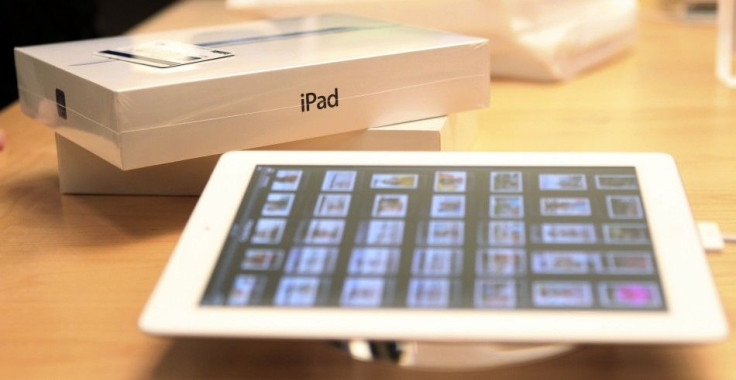New iPad 3 Battery Charging Issue: Apple Answers Why Tablet Lies About How Much Charge it Has

At a time when the new iPad is facing criticism over the battery charging issue, Apple has tried to explain why the device lies about how much charge it has. According to the iPad-maker, it's all meant for user's convenience only.
Citing Apple's Vice-President of iPad Marketing, Michael Tchao, an AllThingsD report said that the new iPad charges in the same manner as any other iOS device. It's how Apple manages the charging process from the point when a battery is very nearly charged until a user unplugs the device where the confusion lies.
According to Tchao, the iPad displays the battery as 100 percent charged just before reaching a completely charged state. When it gets 10 percent, it discharges a bit and then charge back up to 100 percent.
The process keeps repeating itself until the device is unplugged. Thus, it makes sure that users can keep their devices plugged in constantly without getting the battery damaged.
That circuitry is designed so you can keep your device plugged in as long as you would like, Tchao told AllThingsD. It's a great feature that's always been in iOS.
Although the iPad reads 100 percent even after reaching the discharge point in the cycle, users may not get as much charge as they possibly could. But Tchao said that even in that case the owners of the new iPad can expect the full 10 hours of battery life that Apple has promised.
Tchao said that the decision for not to keep changing the battery status was to avoid confusing users about the battery life.
It was DisplayMate analyst Ray Soneira, who first unearthed the battery charging issue on the new iPad. He noted that his testing showed the iPad was not fully charged when it displayed 100 percent.
According to Mashable, whether you could have had an extra 1.2 hours of battery life by waiting, as Soneira pointed out, is an open question. The answer may well vary by device, and by what apps you're using in the test.
What's really subtle is that consumers think they understand that 100% means 'full', Yankee Group analyst Carl Howe told AllThingsD. That might have been the case with older batteries, but today's batteries have microprocessors managing their charging.
So 100% is whatever that microprocessor says it is - it's not any absolute measurement of ion concentration or anything, Howe said.
© Copyright IBTimes 2024. All rights reserved.






















